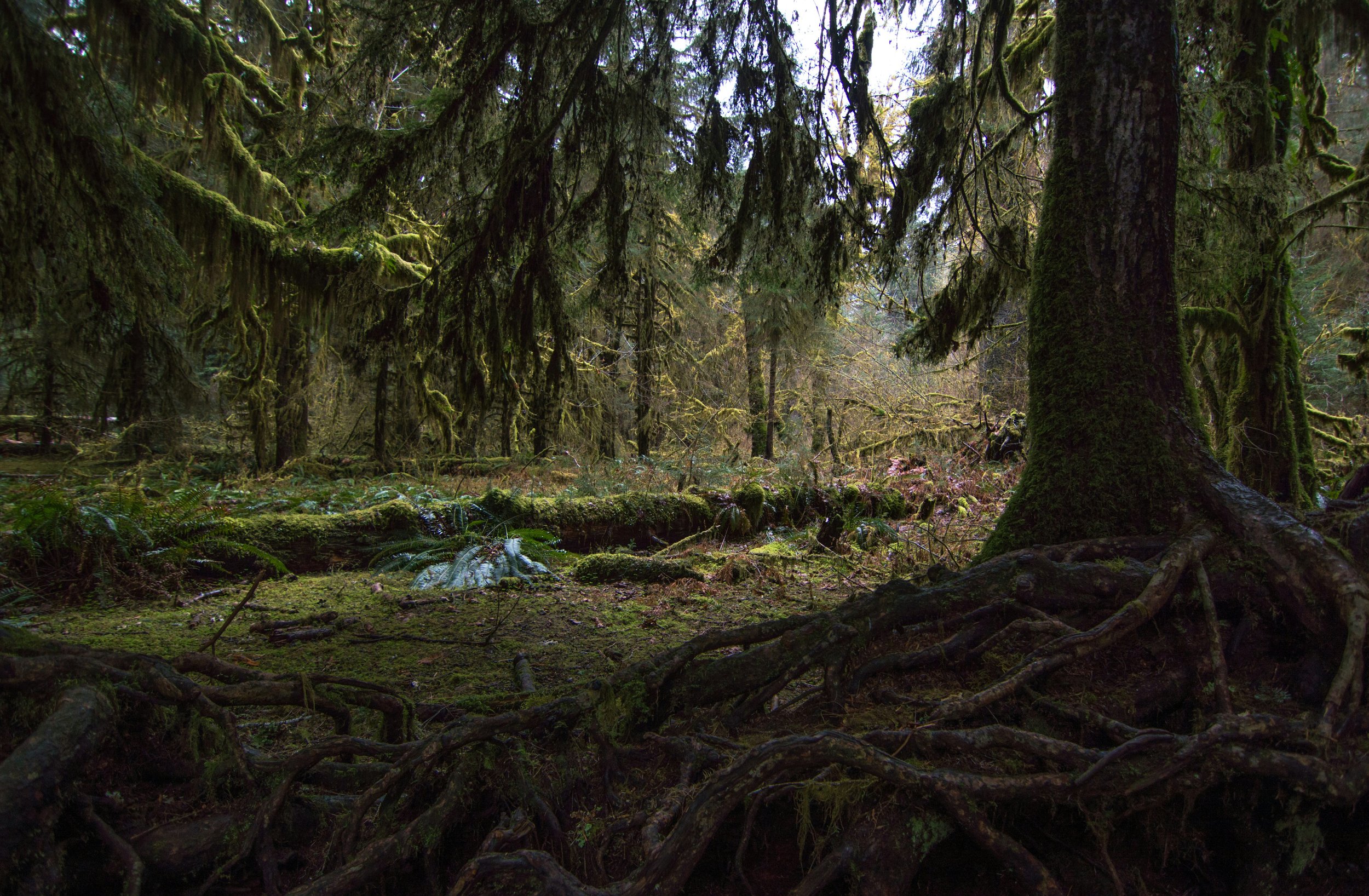The Roots of Repair: What Old Growth Forests Teach Us About Creating Healthier Human Systems
Recently, I went for a walk in the woods with forester Ethan Tapper (the author of How To Love A Forest). It was enlightening and difficult to hear about the troubling state of Vermont’s forests and to gain an understanding about what it will take to help restore our forests to a healthier, more resilient condition.
When I got home, my head was spinning with the deep parallels between the work to restore our forests and our work to help create healthier, more inclusive, and more resilient human systems. As I listened to Ethan, I first had to experience the heartbreak of hearing about the destruction of old growth forests that had been here for thousands of years; they were a mature, balanced, miraculous ecosystem that was destroyed by colonial settlers who clear cut the land to sell the trees and to make space for farming and pasture land. It reminds me of the heartbreak we experience when we take an unflinching look at our country’s history, which includes the horrors of genocide and slavery. But without understanding how we’ve arrived where we are, it can often be difficult, if not impossible, to make good decisions for the future.
Ethan talked about the incredible complexity of old growth forests. They had structural diversity (age diversity) which provided a lower, mid, and upper canopy. These layers provided habitats for a wide range of animals, insects, and fungi. When old trees died and fell, they were left undisturbed to provide additional habitat and to enrich the soil. These complex systems, which had evolved over thousands of years, were resilient. This combination of structural diversity and biodiversity created systems that were less susceptible to the stressors that our newer, less diverse forests are experiencing.
The new forests that have grown up on abandoned farms and pastureland are much less complex than the old growth forests. In these newer forests, we see a lack of diversity in age and species. There is often a single canopy layer, and the undergrowth can be choked with invasive species. These forests are more vulnerable to pests, disease, and the impacts of climate change because they lack the natural systems of support and balance that make older forests resilient.
As Ethan described best practices in repairing our forests, I couldn’t help but draw connections to the work we do to help our clients create more inclusive, equitable and resilient systems.
Restoring forests and restoring human systems both require an honest reckoning with the past, a clear understanding of current challenges, and a proactive, intentional approach to repair.
One of the best practices he highlighted was the necessity of sometimes sacrificing mature growth to nourish the system as a whole. For example, cutting down certain trees can allow more sunlight to reach the forest floor, making way for a more diverse group of species to take root and thrive. The fallen trees themselves don’t go to waste—they become fodder for the soil, providing nutrients that support new life. Similarly, in our work, we may need to let go of entrenched systems, habits, or practices that, while familiar or even seemingly productive, are ultimately limiting progress. By making space for diverse voices and new ways of thinking, we can foster a healthier, more inclusive environment.
Ethan also emphasized the importance of patience and persistence. Repairing a forest takes time. It’s a messy, often unpredictable process. Sometimes, it involves removing invasive species or planting in areas where the soil has been degraded. It’s hard work, but it’s necessary. The same is true for our work. It requires us to confront uncomfortable truths, to dismantle harmful systems, and to build new ones that can support everyone. This process is rarely neat or linear, but it is essential.
One of the most striking parallels is the necessity of looking at the past to know what to do next. Just as we can’t restore a forest without understanding its history, we can’t build equitable human systems without reckoning with the history of oppression and exclusion. Ignoring this history doesn’t make it go away; it just makes it harder to address the damage.
So what can we do? First, we must resist efforts to avoid looking at our past. Whether it’s the history of our forests or the history of our country, understanding where we’ve been is crucial to understanding where we need to go. Second, we need to prepare for messiness. Repair work—whether in forests or in human systems—is rarely straightforward. It requires courage, creativity, and a willingness to make mistakes and learn from them.
Finally, we can spend some time in the woods. The natural world has so much to offer and teach. We just need to listen. The resilience of our forests and the resilience of our communities are deeply intertwined. By learning from one, we can better care for the other.
Co-Founder, The Creative Discourse Group

